
The star plot is a method of displaying multivariate data. Each star represents a single observation. A star plot is typically generated in a multi-plot format with many stars on each page and each star representing one observation.
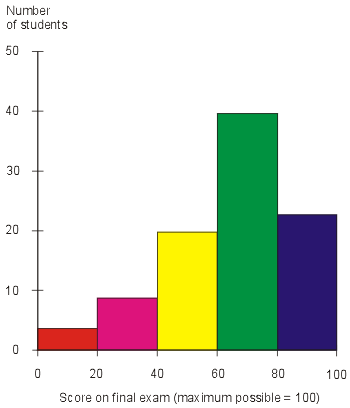

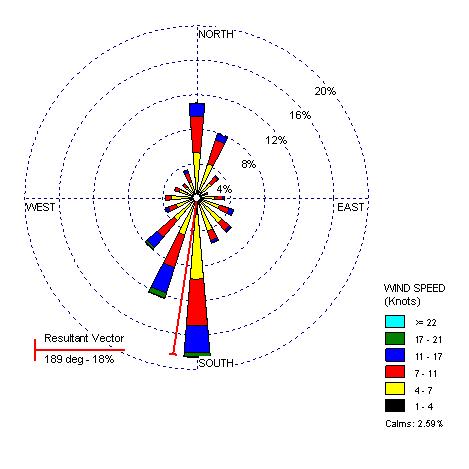

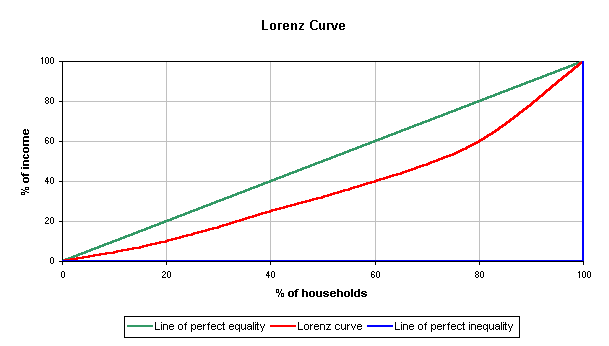
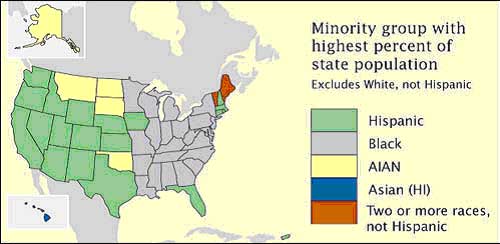
 http://www.geog.le.ac.uk/russianheartland/DemographicMaps/images/PopulationMaps/RaionMaps/7RaionPopDenPerCh8902.jpg
http://www.geog.le.ac.uk/russianheartland/DemographicMaps/images/PopulationMaps/RaionMaps/7RaionPopDenPerCh8902.jpg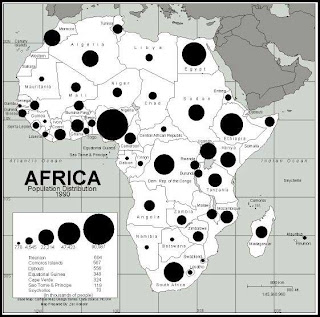






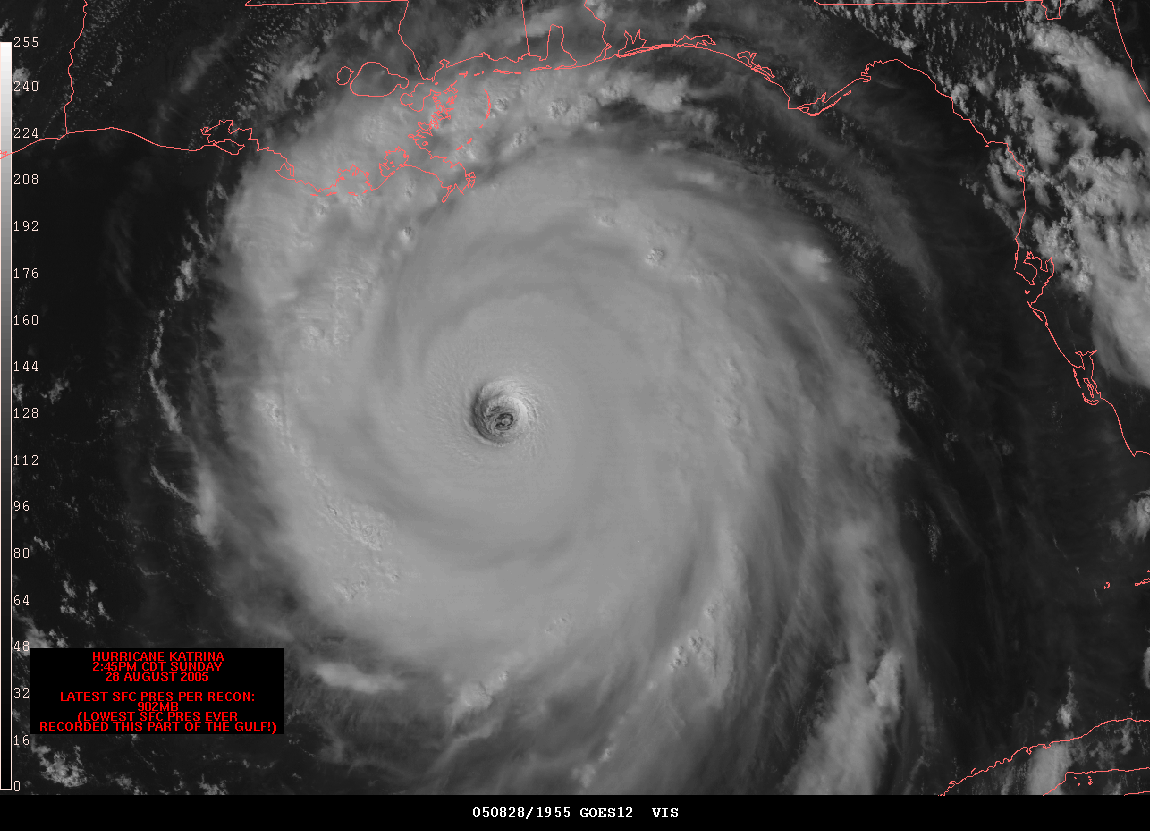


The Public Land Survey System (PLSS) is a way of subdividing and describing land in the United States. All lands in the public domain are subject to subdivision by this rectangular system of surveys. The Bureau of Land Management is responsible for regulating and maintaining the PLSS.